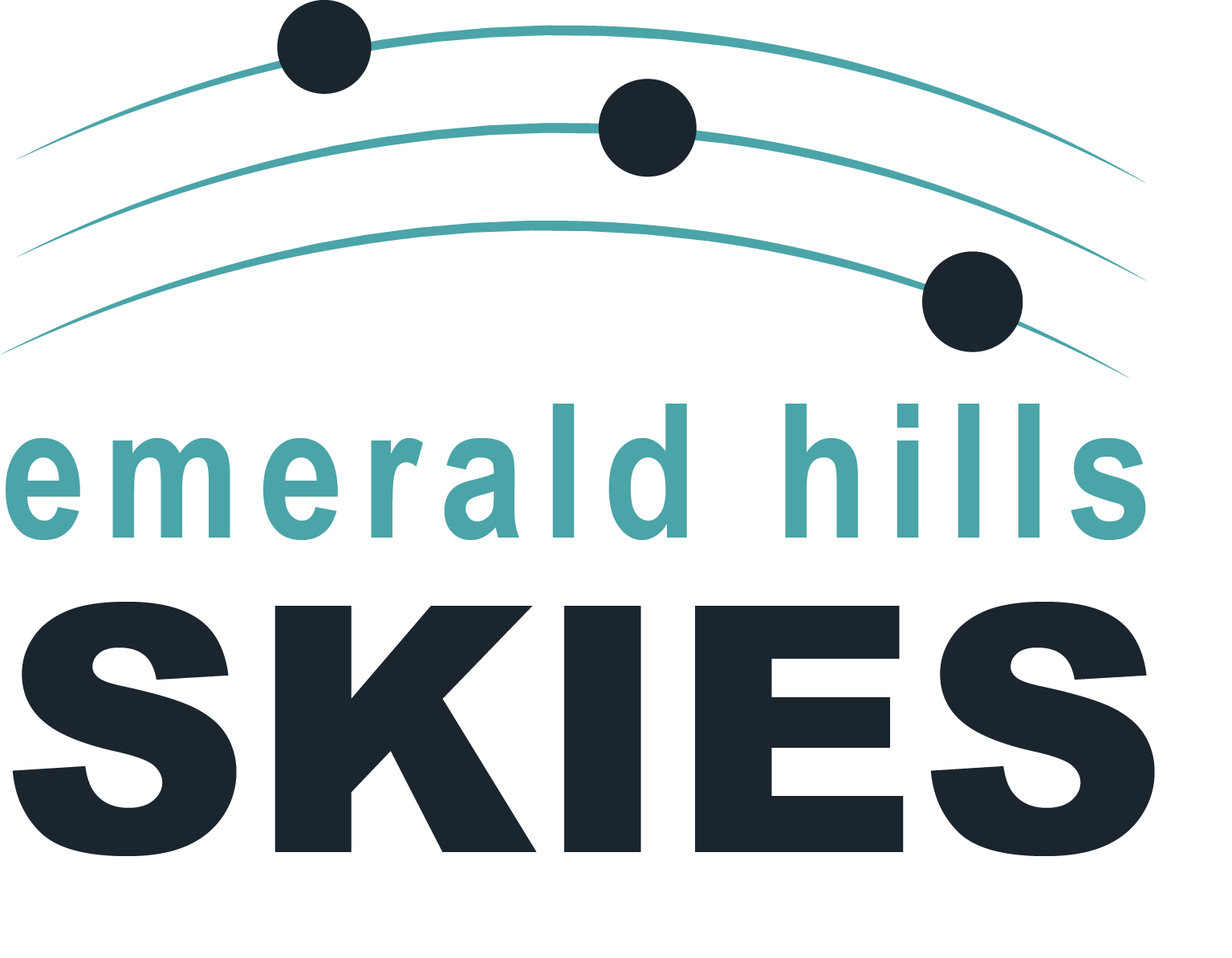Capture (Observing) and Live-Stacking Software
This is needed to collect and control the images from your OTA/Camera, combine them to produce images and save them. Examples of this software include SharpCap Pro and Jocular.
Sharpcap
Here’s more about Sharpcap, one of the two most widely used imaging software applications:
- SharpCap is designed for Lunar, Planetary, Solar and Deep Sky Imaging. EAA and Live Stacking. See the user manual here: https://docs.sharpcap.co.uk/. There’s an active user form here: https://forums.sharpcap.co.uk/index.php.
- SharpCap is very widely used software, out of the UK, written under the control of Dr. Robin Glover. The basic version is free, and it is a great beginning place for EAA. The PRO version, which is significantly more powerful, requires an annual subscription of about $15. The software receives regular updates with improved or enhanced features. For example, a recent upgrade added automated Annotation capability. It is a solid and established product with plenty of tutorials, documentation, videos, and articles about it and its specific features. If you have an issue, SharpCap has a bulletin board and here at CN many members will be able to provide guidance. It is intended as a comprehensive product, capable of more than EAA. The Polar Alignment feature alone may be worth it for EQ mount users (provided you have a connected camera).
- It is a Windows product, 7 or more modern for the latest version, and the recommended hardware for decent performance is:
- Processor, i5 or i7 is better. (four threads)
- Memory, 3Gb maximum for 32-bit Windows, 64-bit needs at least 4Gb.
- Disk, SSD is faster than conventional drive.
- USB, USB3 (5Gb/s) is 10x faster than USB2 (480Mb/s).
- Windows 32/64-bit, 64-bit supports > 3Gb memory.
- At its simplest, EAA needs nothing more.
- Learn more about Sharpcap here: https://www.sharpcap.co.uk/.
Jocular
Jocular is free (and open-source) software for EAA and session planning. Visit the hub for its development here: https://github.com/MartinCooke/jocular. Visit the Jocular home page here: https://transpy.eu.pythonanywhere.com/jocular/.
Jocular offers several unique capabilities and has the advantage of being completely free. It is somewhat more difficult to install and update, due in part to its development model. At the same time, the entire EAA community is grateful for the work of its developer, Martin Cooke.
ASI Studio (for ZWO Cameras Only)
Several camera makers offer proprietary software that can serve EAAers well. One chief example is the suite of software known as ASI Studio by ZWO, designed to work with their ASI (CMOS) cameras. Learn more about it here: https://astronomy-imaging-camera.com/software-drivers. It is free of charge.
ASI Air Suite of Software and Companion Hardware
Please note that ZWO also sells another solution which pairs a piece of hardware (the ASI Air Pro or Plus) with ASI software. This approach simplifies life on several fronts. (It allows the user to mount the ASI Air unit at the scope then operate remotely from a “control room” location, out of the elements.) Learn more about the ASI Air solution here: https://astronomy-imaging-camera.com/asiair. Installing ASI Air hardware necessitates that the user operate it with the ASI suite of (proprietary) software. This offers somewhat of an end-to-end solution that, in the opinion of some, radically simplifies the implementation and enjoyment of EAA.
